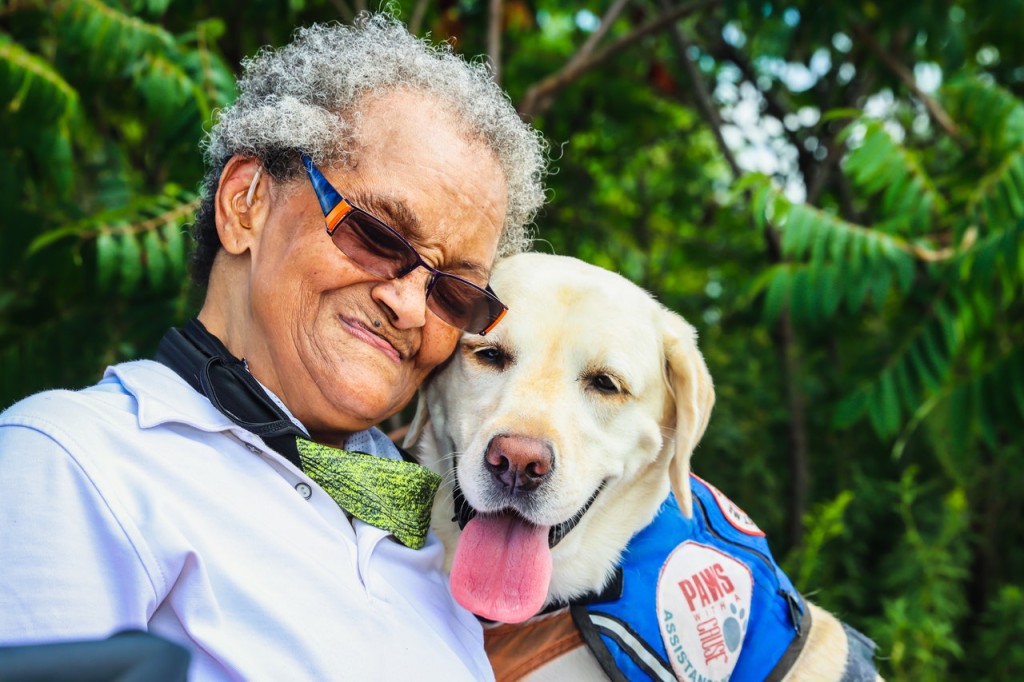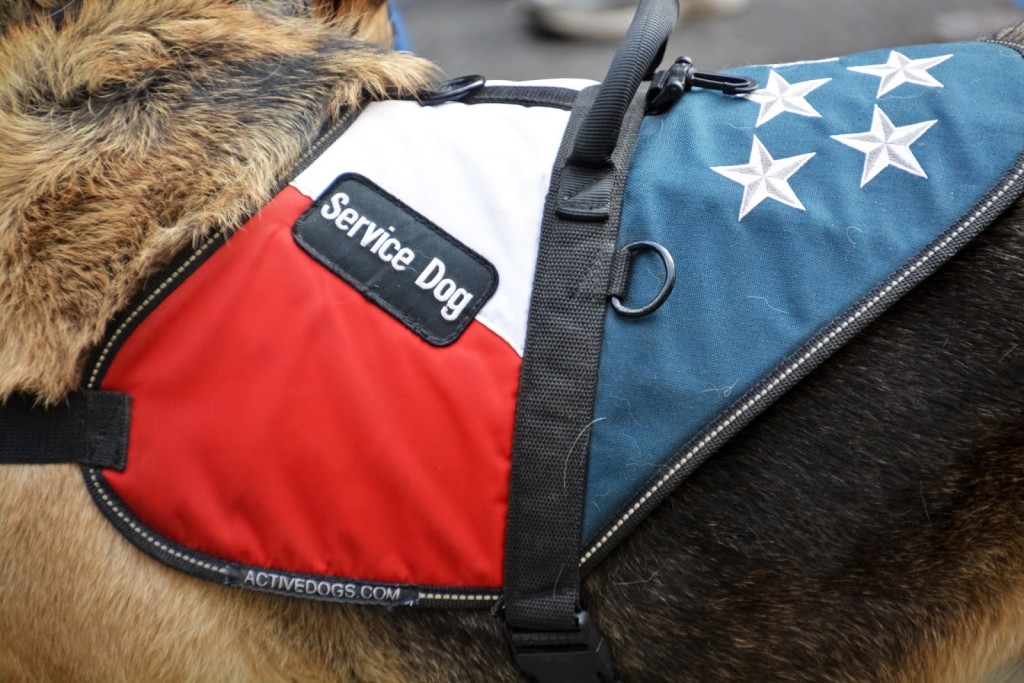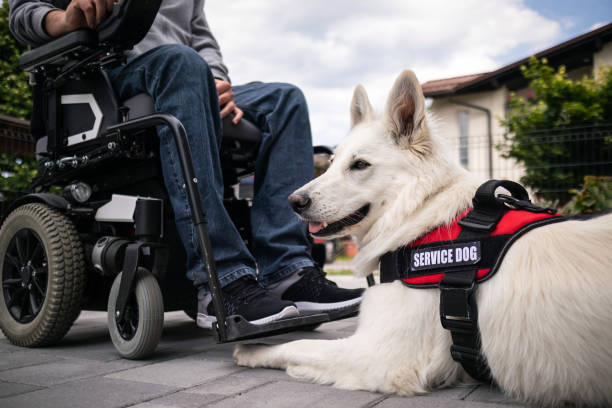Therapy dogs help improve a person’s mental health. These dogs provide affection, comfort, and support to people in various institutions such as hospitals, nursing homes, and even schools, among others. While therapy dogs are not considered service animals under the Americans with Disabilities Act (ADA), they are often used for therapy to provide emotional support to people.
In educational settings, many students can feel anxious, worried, and stressed with school matters, making them emotionally fragile. To help them cope, schools are now increasingly utilizing the services of therapy dogs. They’ve been helping students from primary school to university settings cope with stress and anxiety, and even facilitate learning.
In this article, you’ll learn how therapy dogs can promote the well-being of students. Read on.
1. Help Kids Reduce Stress
Some children have relationship attachment issues, which are called insecure-avoidant attachments. It’s when a student (mostly males) experiences extreme stress when interacting socially with others. Trier Social Stress Test for Children (TSST-C) checks the social stress of a student. The result of the study shows that interacting with a friendly dog can significantly reduce stress. With every physical contact, such as stroking the dog, students feel better and more relaxed.
The presence of a therapy dog can help students perform well in class by reducing stress from their social environment.
2. Encourage Students to Read
Another role of a therapy dog is to help students with Emotional Behavioral Disabilities (EBD) to read better. A 2013 study suggests that dog reading programs help address the struggles of students with EBD during reading activities in school. It’s a program where students are tasked to read out loud to the therapy dog and teachers evaluate their reading skills and attitudes toward reading.
Therapy dogs have a positive impact on students because not only can they have more fun, but they also show significant improvements in reading.
3. Increase Socio-Emotional Skills in the Classroom
Therapy dogs can help improve the socio-emotional aspect of students. Generally, dogs are friendly and easy companions. Through constant interaction with a dog inside the room, they build confidence and improve their social communication. Aside from that, therapy dogs help reduce signs of aggressiveness towards co-students.
What is better about having therapy dogs in school is that trust among students is developed and enriched. They also become good listeners to the teachers since they observe it from therapy dogs.
4. Develop Social Communication Skills
Some children have Pervasive Developmental Disorder (PDD). It’s a disorder that affects the communication and social skills of a student. Animal Assisted Therapy (AAT) for children helps with this kind of disorder. Research on PDD uses a therapy dog along with a non-living dog (toy) to see the child’s interaction. Findings conclude that the social communication skills of children are better with a therapy dog.
5. Decreases Anxiety
Research on Animal-Assisted Literacy (AAL) assists those with a learning disability. It means an oral reading is happening in front of a therapy dog. Such practice enables a student to decrease anxiety, and develop reading interest. Students with learning disabilities have anxiety when it comes to literacy lessons, affecting their comprehension.
For this reason, therapy dogs can be helpful in the school setting. Oral reading with a dog increases a student’s reading efficiency better than that of a human.
Conclusion
Therapy dogs should be well-trained, focused, friendly, calm, and sociable. These dogs play an important role in reducing depression and anxiety among students. Therapy dogs also help them develop better social skills to thrive in school. Some of the breeds that make great therapy dogs include the Labrador, Golden Retriever, Poodle, and French Bulldog.
Do you own an assistance animal? Register your pet today.
The Service Animal Registry of California invites you to have your assistance animal registered in order to designate its status. We also encourage you to take our online classes so you can be fully aware of your rights and gain more knowledge about your support animal.
Finally, we present to you our book entitled, “ASSISTANCE ANIMAL LAWS: LEARN YOUR RIGHTS REGARDING SERVICE ANIMALS, EMOTIONAL SUPPORT ANIMALS, THERAPY PETS, AND OTHER DOGS, CATS, AND ASSISTANCE ANIMALS” to provide you with a complete education on assistance animals. Purchase your copy of the book by clicking the image below. 
































